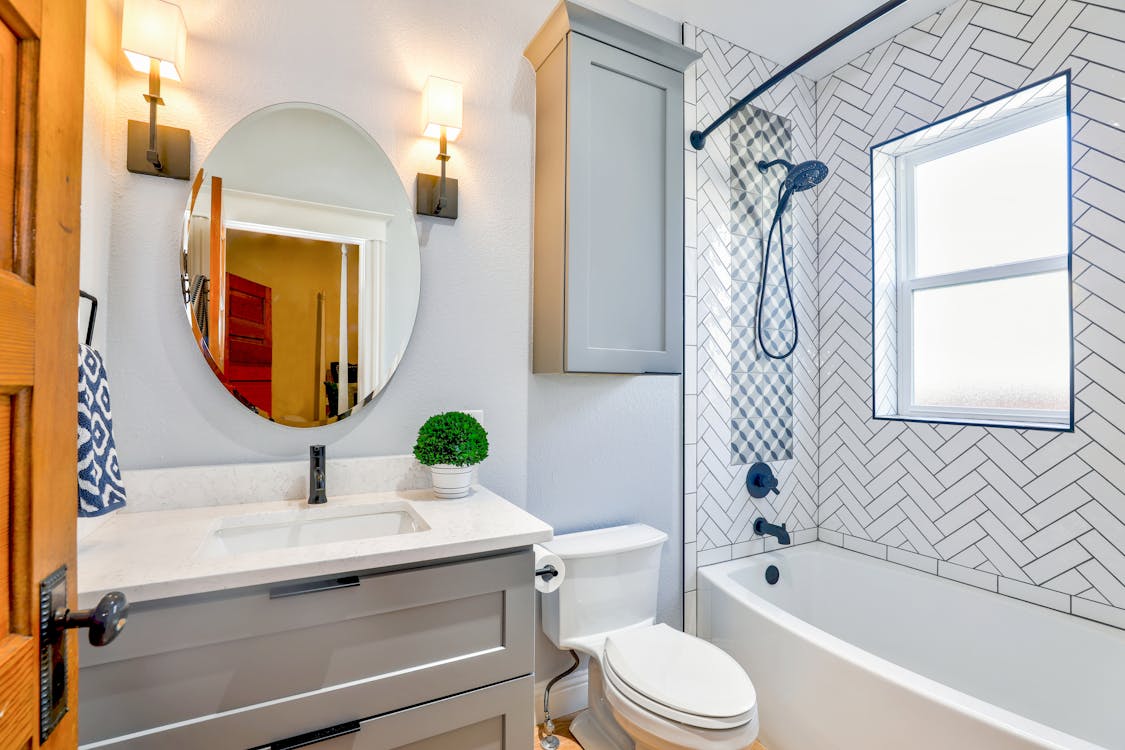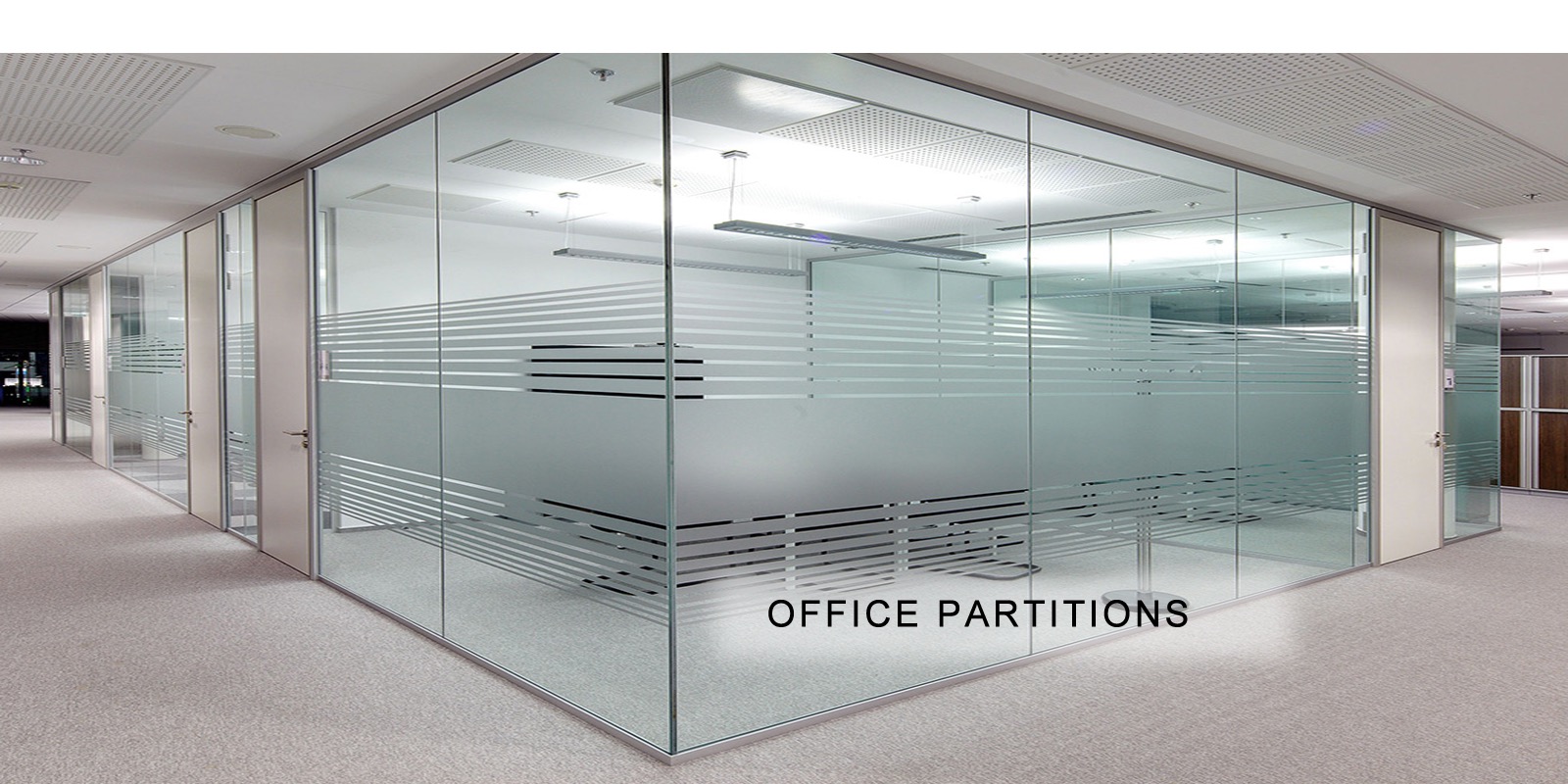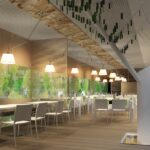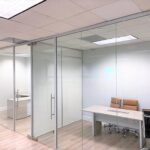
In Kenya’s booming residential and hospitality construction market, the bathroom has evolved from a utility zone into a space of luxury and personalization. At the heart of this transformation is the architectural glass cubicle—a sleek, minimalist feature that architects are now specifying as standard in premium developments.
But what exactly are Kenya’s top architects looking for in a modern glass shower cubicle? What makes a product not just aesthetically pleasing but architect-approved? We spoke to a few industry players to understand the evolving design brief.
Contact Us
Golden Moon Star Building, Ground Floor Junction of Kilimani rd & Ndemi rd Kilimani
+254 722 724 893
Clean Lines, Frameless Forms: Minimalism is In
“Clutter is out. Frameless is in,” says Brian Mwangi, a Nairobi-based architect who works with high-end residences and boutique hotels.
Architects designing for spaces in Karen, Kileleshwa, and Nyali increasingly want frameless cubicles with minimalist fittings. “The aim is to make the bathroom feel like a seamless extension of the bedroom—not a separate, functional unit,” he explains.
Architectural glass cubicles in Kenya are now expected to create a sense of continuity and openness, particularly in small city apartments where maximizing light and space is crucial.
Texture and Tint: The Rise of Matte and Smoked Finishes
While clear glass is still popular, many architects are now requesting smoked, frosted, or matte finishes—especially for master bathrooms or shared spaces.
According to Sarah Opiyo, a senior interior architect for a major Nairobi design firm, “Matte glass adds a layer of privacy without compromising on elegance. We use it a lot in high-traffic apartments or co-living projects.”
Smoked glass, often with dark grey or bronze hues, is favored in hotels and executive residences where luxury and mood lighting matter. These finishes also resist water stains more effectively than clear glass, making them practical for maintenance.
Hardware Preferences: Understated, Durable, and Modern
No matter how beautiful the glass, poor hardware ruins the aesthetic—and compromises safety. Kenyan architects are specifying:
- Matte black or brushed gold hinges and handles
- Stainless steel support bars and clamps
- Concealed fixings for a clean, floating look
In high-end commercial projects, customizable handles and branded etching are occasionally added for brand identity.
“The devil is in the detail,” notes Peter Wekesa, who’s working on a new luxury apartment block in Westlands. “Even the rubber seals need to blend in. We ask for grey or black—not cheap white seals that turn yellow.”
Functionality Still Matters: Drainage, Accessibility & Safety
While architects are pushing boundaries in design, they remain practical about installation and safety—especially for cubicles installed in family homes, hospitals, or elderly-accessible spaces.
Current briefs often include:
- Integrated drainage designs
- Flush thresholds (to eliminate tripping hazards)
- Tempered or laminated safety glass, especially for high-rise buildings
Some architects are even requesting foldable or sliding panels to save space in compact bathrooms, particularly in affordable housing units.
Customization and Local Fabrication: The Toughglass Advantage
Many top Kenyan architects now prefer working with local glass fabricators like Toughglass Kenya who understand both aesthetic detail and structural integrity.
“We don’t want delays or generic imports,” says Brian Mwangi. “We want fast turnaround, reliable seals, and flexibility in size and fittings. That’s why we lean towards local partners who specialize in architectural glass cubicles in Kenya.”
Toughglass offers site-specific fabrication, frameless or semi-frameless options, and detailed collaboration with design teams—an asset for firms handling complex builds.
Designing Bathrooms That Speak Architecture
Gone are the days when glass shower cubicles were just a standard enclosure. Today, architectural glass cubicles in Kenya are seen as a design language—a way to express modernity, luxury, and efficiency in one sleek stroke of transparency.
If you’re in the architectural, design, or development space, it’s time to think beyond the basics. The cubicle is no longer an afterthought. It’s a statement.



